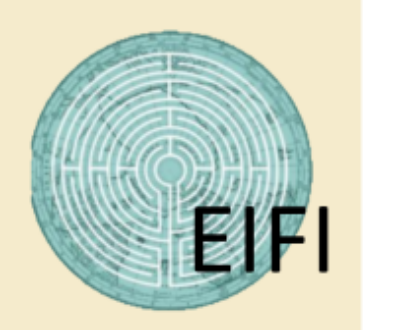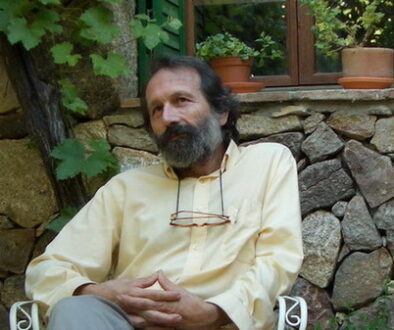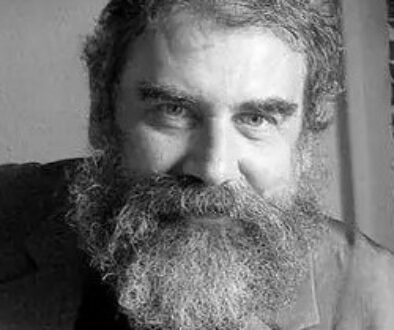The Beauty of Flowers
Northbourne, Lord1995
Flowers have been admired, loved and cultivated for thousands of years, but it was not until a century ago that they began to be regarded in a more modern, essentially utilitarian and materialistic fashion that tends to explain everything in terms of immediate and tangible profit or harm. The beauty and fragrance of flowers are no accident, but rather universal, objective and intrinsically mysterious, intangible and unquantifiable qualities, which are expressed fleetingly in flowers. As well, the author discusses the traditional and religious symbolism of flowers and how different species of flower have been engineered to satisfy desires, a practice that ignores the fact that natural objects are always closer to their origins. Thus, the introduction of exotic species, the creation of new hybrids, the growing demand for land for residential, industrial and recreational uses, as well as the chemical methods used to eliminate weeds, are all causing wild flowers to disappear, both in quantity and in variety.
Reference
Northbourne, Lord. “The Beauty of Flowers”. In: Looking Back on Progress [On-line]. Ghent, NY: Sophia Perennis, 1995. ISBN: 0-900588-53-5. p. 40 – 57. <http://books.google.es/> [Consulted: 26 April 2016].Northbourne, Lord. “The Beauty of Flowers”. In: James, Christopher; Fitzgerald, Joseph A. (eds.). Of the Land & The Spirit: The Essential Lord Northbourne on Ecology & Religion. Bloomington, Indiana: World Wisdom, Inc. c2008. ISBN: 978-1-933316-61-1. p. 163-180.




